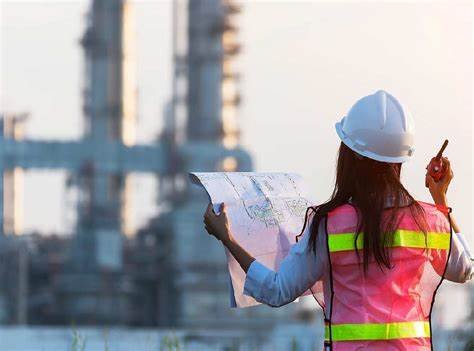Disaster resilience in civil engineering is essential for designing structures that can withstand natural disasters like earthquakes, floods, and hurricanes. As our world faces increasing environmental challenges, the need for effective strategies becomes even more critical. In this article, we’ll explore key approaches to enhance disaster resilience in civil engineering, ensuring that our buildings and infrastructure remain safe and functional during emergencies.
1. Understand Risk Assessment
The first step in improving disaster resilience in civil engineering is to conduct thorough risk assessments. Engineers must analyze the specific hazards in a given area, such as seismic activity, flooding potential, or wind loads. By understanding these risks, engineers can design structures that address these challenges effectively. Risk assessments also help prioritize projects and allocate resources where they are needed most.

2. Incorporate Flexible Design Principles
Incorporating flexible design principles is crucial for creating resilient structures. Buildings should be designed to absorb and dissipate energy during disasters. For example, using materials that can deform without breaking can significantly improve a building’s ability to withstand earthquakes. Flexible design allows structures to adapt to dynamic forces, increasing their overall resilience.
3. Use Advanced Materials
Using advanced materials in construction can enhance disaster resilience in civil engineering. Engineers should consider innovative options such as high-strength concrete, fiber-reinforced polymers, and energy-absorbing materials. These materials can improve a structure’s ability to withstand extreme conditions, such as high winds or seismic forces. Additionally, they often offer improved durability, reducing maintenance costs over time.
4. Implement Proper Drainage Systems
Effective drainage systems play a vital role in disaster resilience. Poor drainage can lead to flooding and structural damage during heavy rains. Engineers should design drainage solutions that can handle significant water flow and redirect it away from buildings and infrastructure. Techniques such as permeable pavements, retention basins, and bioswales can help manage stormwater effectively, reducing the risk of flooding.
5. Plan for Emergency Access
Ensuring that emergency services can access affected areas during a disaster is a critical aspect of disaster resilience in civil engineering. Designing roads and pathways that remain accessible during emergencies can save lives and facilitate recovery efforts. This involves considering factors such as elevation, width, and materials used in road construction. Ensuring that infrastructure is resilient means it can withstand flooding or debris during a disaster.
6. Enhance Community Engagement
Community engagement is essential for building disaster resilience. Engineers and planners should work closely with local communities to understand their needs and concerns. Involving residents in the planning process ensures that structures meet local requirements and reflect the community’s values. Educating the public about disaster preparedness also strengthens community resilience and fosters a culture of safety.
7. Develop Comprehensive Emergency Plans
Having comprehensive emergency plans in place is critical for effective disaster response. These plans should include clear evacuation routes, communication strategies, and resource allocation. Engineers can play a key role by providing insights on structural safety and ensuring that infrastructure supports emergency protocols. Regular drills and training sessions can also help prepare communities for potential disasters.
8. Utilize Smart Technology
Integrating smart technology into civil engineering projects can significantly enhance disaster resilience. For example, sensors can be installed in buildings and infrastructure to monitor structural integrity in real time. This data can provide early warnings of potential failures or vulnerabilities. Additionally, smart technology can help improve emergency response times by providing accurate information about conditions on the ground.
9. Promote Sustainable Practices
Promoting sustainable practices is another vital strategy for enhancing disaster resilience. Sustainable construction methods, such as using renewable materials and energy-efficient designs, can create more robust structures. Additionally, green spaces can mitigate flooding and improve air quality, contributing to overall community health. By prioritizing sustainability, engineers can create resilient infrastructure that benefits both people and the environment.
10. Continuously Educate and Train Professionals
Lastly, continuous education and training for civil engineering professionals is crucial. The field of disaster resilience is constantly evolving, with new techniques and technologies emerging regularly. Engineers should engage in ongoing professional development to stay informed about the latest advancements. This knowledge enables them to implement the best practices for disaster resilience in civil engineering effectively.
Conclusion
Disaster resilience in civil engineering is essential for ensuring the safety and functionality of our infrastructure. By understanding risks, implementing flexible design principles, using advanced materials, and planning for effective drainage and emergency access, engineers can significantly enhance resilience. Community engagement, comprehensive emergency planning, smart technology, sustainable practices, and continuous education also play crucial roles. Together, these strategies create a safer environment, allowing our communities to withstand and recover from disasters effectively.




